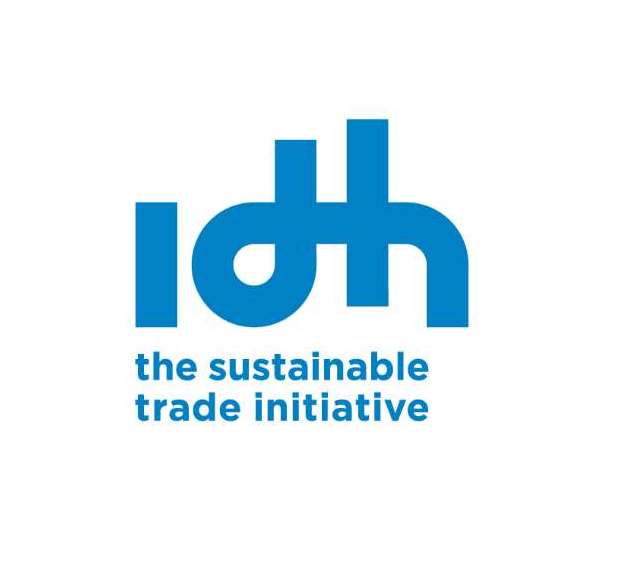Community / Land projects / Working Landscape DR Congo
Working Landscape DR Congo

€0
01/19 - 12/23
Completed
This project is part of
Implementing Organisations
Donors
Data Providers
General
The Bafwasende landscape in the Tshopo Province of the Democratic Republic of the Congo (DRC) is one of the country’s poorest areas. It is sparsely populated — with 455,657 inhabitants in an area of 47,087 km² — and has a forest cover of approximately 98%. With its immense forest cover, it makes a significant contribution to global carbon sinks and to stabilization of regional rainfall patterns. The forests, however, are threatened. The recent return of peace and stability, and associated (re)construction of basic infrastructure, is expected to increase pressure on the forest. Also, migration into the Bafwasende territory, mainly by Yira people from North Kivu, is a driving force of deforestation. This trend is already being observed in the neighboring territory of Mambasa, where Yira migrants now account for nearly 40% of the total population. The migration of the Yira people is driven by land scarcity in their home province and facilitated by road construction. Armed conflicts and the current ebola epidemic accelerate migratory movements to Bafwasende. Partly due to migration, more and more areas in Bafwasende are being cleared, and the average size of agricultural fields has been increasing, with cocoa as one of the main crops. The expansion of agriculture causes deforestation, while at the same time it is contributing to the well-being of local populations. Another important driver of deforestation is logging. The demand for timber is high, due to post-conflict reconstruction activities, and growing regional and international markets. Ongoing deforestation in the Bafwasende landscape has a negative impact on climate change mitigation. Moreover, as Bafwasende’s population is poor and highly dependent on natural resources for their livelihoods, they are particularly vulnerable to the effects of climate change. There is thus an urgent need to make the Bafwasende landscape climate smart. This means that forests will need to be conserved, while allowing people to develop their livelihoods based on sustainable natural resource management, as well as agro-pastoral and mining activities. The DRC WL programme aims to help conserve the forests of Bafwasende while improving the living conditions of the landscape inhabitants. In our vision of success, the forests and lands in the Bafwasende landscape are used sustainably for the benefit of all inhabitants as well as the climate. We envision that the area has maintained at least 95% of its forest cover by 2040. The remaining 5% is used for sustainable forestry, agriculture, mining, hunting and fishing, contributing to local economic and social development. In our vision, Bafwasende will develop two urban centers, that provide high quality services (communications, finance, water, power, education, health care, etc) to its local inhabitants and travelers. In our vision, marginalized groups, especially the Mbuti indigenous people, participate in the local governance, live in harmony with other groups and have secured access to lands. Women and youth actively participate in local governance, in harmony with elders, and have secured access to lands. The Yira migrants live in harmony with other groups and contribute to innovation, to transformation and to improved living conditions. Traditional leaders and local elites embrace development and changes in society. Local access to land and forest resources is secured, and detailed land use plans guide the development of community forestry, and agroforestry systems. Artisanal mining complies with national (environmental) 59 regulations, and miners reinvest at least part of their incomes in the landscape. Producers are organized in cooperative incubator organizations, and women and youth take active part in local enterprises. Tax revenues from these economic activities are invested in public services.
Objectives
We distinguish between the following three main intended outcomes. 1. Inclusive landscape governance ensuring secured access to forest, land and mineral resources to groups of local people. This implies: detailed land use, land allocation and development plans; inclusive decision-making bodies and control mechanism of local governments, with equitable representation of Mbuti, women and youth; secure local rights to land/forest; and inclusive models of Local Community Forest Concessions (CFCLs). 2. Sustainable land-use practices by small-scale and large-scale producers of agricultural and forestry products. This implies sustainable mining and logging, responsible fishing and hunting, and resilient agriculture, especially climate-smart cocoa agroforestry systems that contribute to local employment and investment. Cooperative business incubators, artisanal forest unit (UFAs) and CFCLs are sustainably managed, create added value, and provide technical and financial support to entrepreneurs in the Bafwasende landscape. 3. Responsible business and finance, leading to effective implementation of social and environmental standards and commitments, and equitable inclusion of smallholders in value chains. This implies that smallholders have access to markets and finance, and that Bafwasende’s elites invest in the development of a climate-smart landscape. It also implies effective organization of producers in cooperative incubator organizations, with special attention for Mbuti, women and youth.


